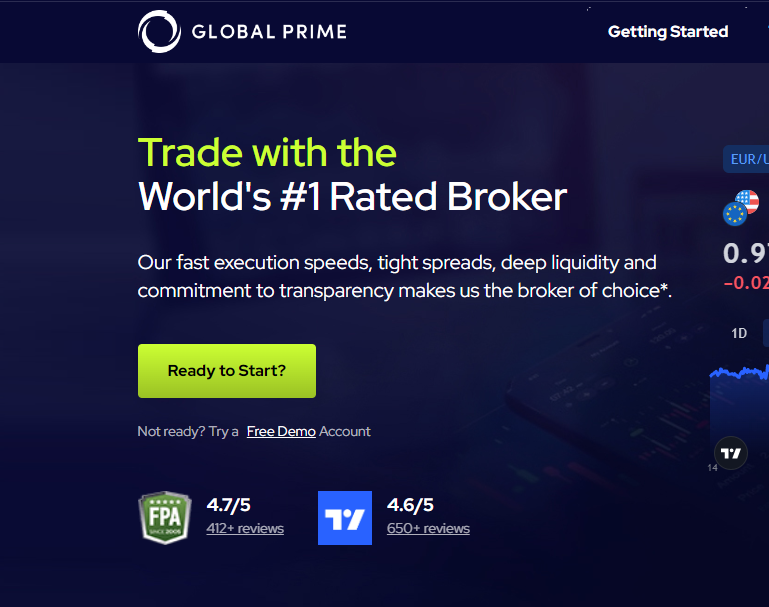Want to know which is better between Day Trading vs Swing Trading? You’re in the right place!
One of the first decisions that traders have to make, is which trading style to adopt. Day trading and swing trading are two of the most popular styles, each with its own pros and cons.
In this post, we will explore these two trading methods and help you determine which style is better suited to your funds, risk tolerance, trading goals and personality.
Day Trading
– Involves buying and selling within a single trading day.
– Trades are concluded before the market closes.
– Focuses on short-term price movements.
Pros of Day Trading
– Flexibility in setting your own schedule.
– Real-time market monitoring and quick decision-making.
– Lower exposure to overnight market risks.
– Low initial capital requirements.
– Potential for high returns, albeit with higher risks.
Cons of Day Trading
– Demands significant time commitment.
– May result in high fees due to frequent trading.
– Carries potential for quick and substantial losses.
– Can lead to emotional and psychological stress.
– Market unpredictability during trading sessions.
Best Practices for Day Traders
– Limit the number of daily trades to prevent overtrading.
– Set realistic profit targets and implement stop-loss orders.
– Develop a well-defined trading plan and adhere to it.
– Continuously expand your knowledge as a day trader.
– Avoid impulsive decisions based on emotions like fear or greed.
Swing Trading
– Involves holding positions for days to weeks.
– Aims to buy low and sell high using technical analysis and trends.
– Offers a lower time commitment compared to day trading.
Pros of Swing Trading
– Requires less time than day trading.
– Potential for higher returns than traditional investing.
– Lower risk compared to day trading.
– Flexibility to hold positions for days to weeks.
– Applicable in both bull and bear markets.
Cons of Swing Trading
– Demands a solid understanding of technical analysis and market trends.
– Vulnerable to unpredictable market events.
– May necessitate monitoring news and events beyond trading hours.
– Carries the risk of holding losing positions for extended periods.
– May not be as profitable as day trading for experienced traders.
Best Practices for Swing Traders
– Adhere to your trading plan and avoid emotional decision-making.
– Utilize technical analysis to identify potential trades.
– Maintain a trading journal for self-improvement and analysis.
– Diversify your portfolio to mitigate risk.
– Aim for consistent, steady profits over rapid wealth accumulation.
Which is Better Between Day Trading and Swing Trading?
Day Trading is Better If:
– You possess substantial capital and seek higher potential returns.
– You can commit to full-time trading and monitor the market throughout the day.
– You have a high-risk tolerance and are comfortable with the stress of multiple daily trades.
– Market conditions favor short-term trades.
Swing Trading is Better If:
– You prefer reduced stress and simplicity in trading.
– You have limited capital and want to minimize risk.
– Your day is occupied with other responsibilities.
– Market conditions are volatile or uncertain, and you aim for longer-term profits.
Advanced Training
Interested in mastering the art of both day trading and swing trading?
Join our advanced training program to hone your skills, develop winning strategies, and elevate your trading game. Our expert instructors will guide you through the intricacies of these trading styles and help you build a strong foundation for success.
What You’ll Gain in the Course
Our advanced mentorship service and trading course covers a wide range of topics, including:
- Trade Management: Learn how to manage your risk, money, position sizes in response to market volatility, ensuring that you stay within your risk tolerance.
- Trading Setups : Telegram & Discord access to 4Hour – Day – Week chart setup ideas which are referred to trading signals by traders in the Forex, Commodity, Stocks, Crypto and Index market.
- Correlation Analysis: Gain insights into how different assets move in relation to each other and how to diversify effectively.
- Access Restricted Contents: Access to Private VIP systems and trading courses not available on our social media pages and website.
- Reliable Support System: 24/7 one-on-one appointment with mentor.
How to Access the Course
This advanced risk management course video is a part of our membership community, where traders like you can access a treasure trove of trading resources, tools, and a supportive community. Membership starts at just $59 per month, making it an affordable way to elevate your trading game.
To enroll and gain access to the course and the many other benefits of our membership community, simply visit the ChartsEmpire Membership Community Page.
Key Takeaways
- Day trading involves quick intra-day transactions, while swing trading focuses on longer-term positions.
- Day trading offers flexibility and high returns but demands significant time and may involve high fees.
- Swing trading reduces time commitment and risks, offering potential for consistent profits over time.
- The choice between them depends on factors like capital, time commitment, risk tolerance, and market conditions.
- Success in either trading style relies on best practices and strategies.
- Join our Telegram channel for valuable insights and training opportunities.
Join Our Telegram Trading Community
Want to stay updated with the latest market trends, trading insights, and connect with fellow traders?
Join our Telegram trading community, where you can engage in real-time discussions, ask questions, and gain valuable perspectives from seasoned traders. Don’t miss out on this opportunity to be part of a supportive trading network. Join us on Telegram today for an enriching trading experience.







